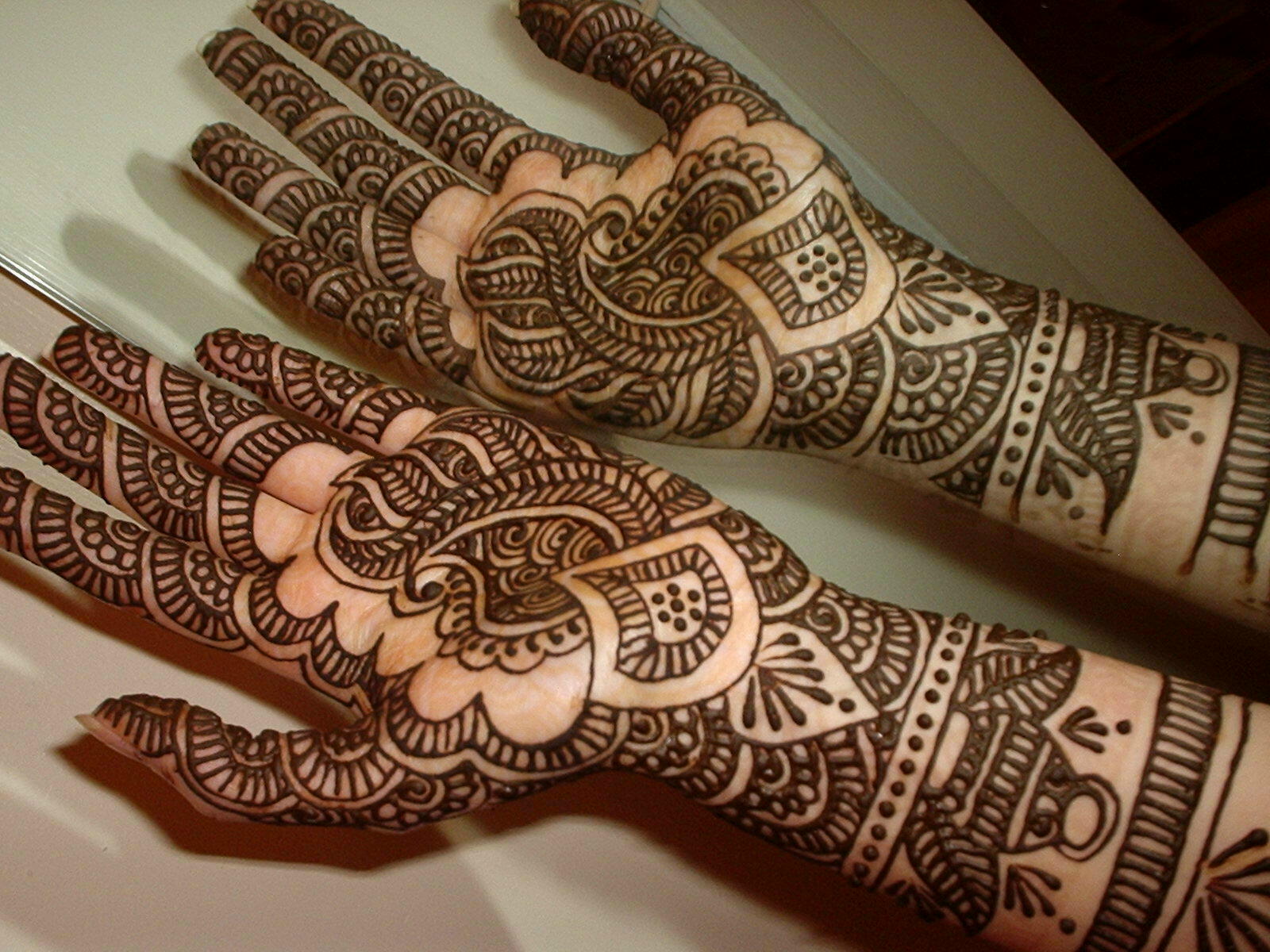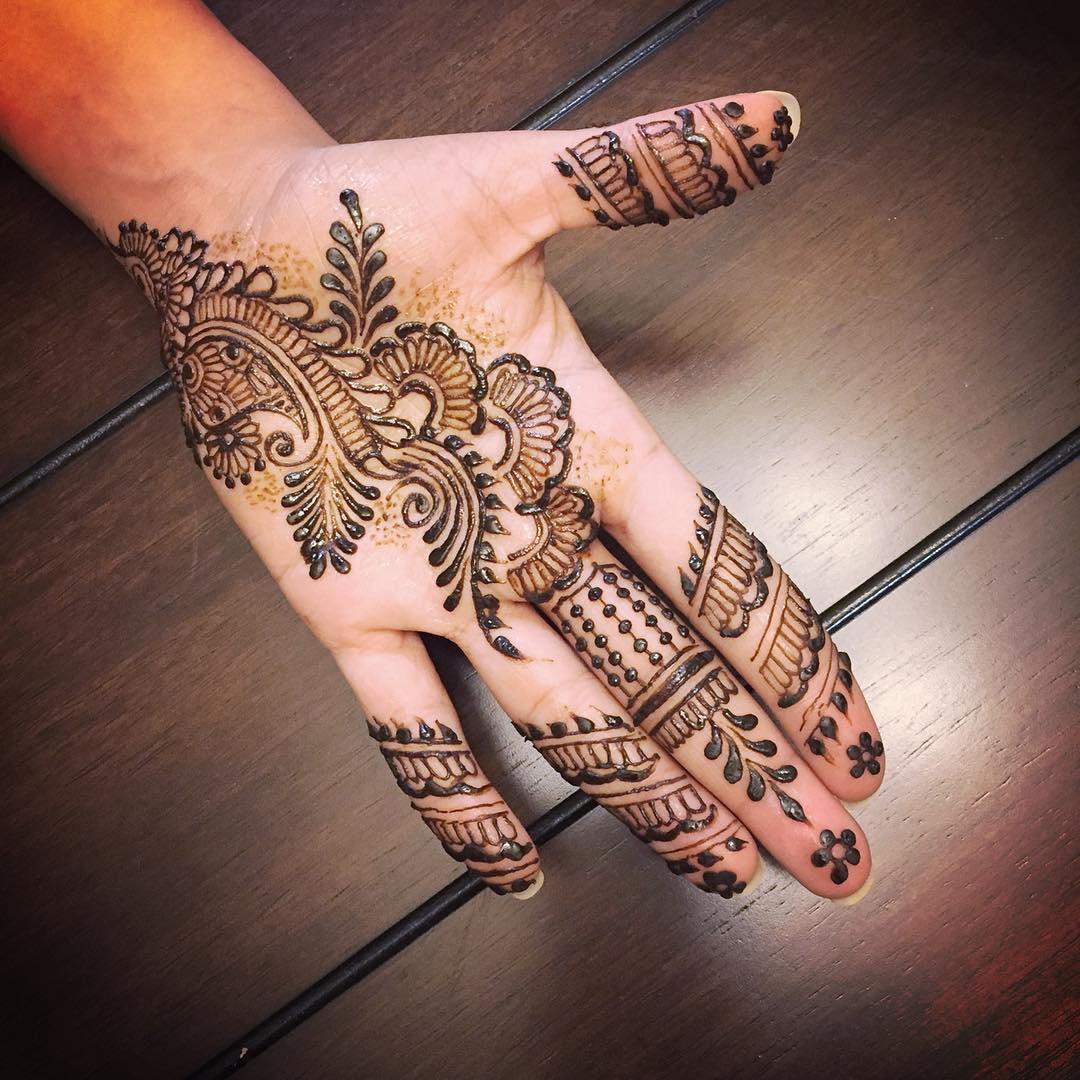Stunning Henna Designs: A Comprehensive Guide To Body Art
Henna designs have captivated people around the world with their intricate patterns and rich cultural significance. Often used in celebrations, especially weddings, henna art is not just a trend but a cherished tradition in many cultures. In this article, we will explore the fascinating world of henna designs, their history, significance, and how to choose the perfect design for your next event.
From the delicate swirls to bold motifs, henna art offers a unique form of self-expression. The use of natural henna paste, derived from the leaves of the Lawsonia inermis plant, ensures that these designs are not only beautiful but also safe for the skin. As we delve deeper into this topic, you will discover how henna designs can enhance your beauty and reflect your personality.
Whether you are planning a wedding, festival, or simply want to adorn your body with exquisite art, this guide serves as your ultimate resource. We'll cover everything from traditional patterns to modern interpretations, ensuring you find inspiration for your next henna application.
Table of Contents
- 1. The History of Henna Designs
- 2. Cultural Significance of Henna
- 3. Types of Henna Designs
- 4. How to Choose the Right Henna Design
- 5. Application Techniques for Henna
- 6. Aftercare for Henna Designs
- 7. How to Remove Henna Safely
- 8. Conclusion
1. The History of Henna Designs
Henna has been used for thousands of years, with its origins traced back to ancient Egypt, where it was commonly used to dye hair, skin, and nails. The earliest known use of henna dates back to around 5000 BCE, and it was also utilized by various cultures, including the Greeks, Romans, and Indian civilizations.
As henna spread across different regions, it evolved into a significant cultural practice, especially in South Asia and the Middle East. In India, for example, henna is an essential part of wedding ceremonies, symbolizing joy and beauty. The art of applying henna has been passed down through generations, with each culture adding its unique twist to the designs.
2. Cultural Significance of Henna
Henna designs hold deep cultural significance in various societies. In many cultures, henna is believed to bring good luck and prosperity, especially for brides on their wedding day. The application of henna is often accompanied by rituals and celebrations, making it a cherished tradition.
In addition to weddings, henna is also used during festivals, such as Eid and Diwali, where intricate designs are applied to celebrate and invoke blessings. The symbolism associated with henna varies across cultures, but it universally represents beauty, fertility, and joy.
3. Types of Henna Designs
Henna designs can be broadly categorized into two main types: traditional and modern. Each type showcases unique styles and patterns that cater to different tastes and occasions.
3.1 Traditional Henna Designs
Traditional henna designs often feature intricate floral patterns, paisleys, and geometric shapes. These designs are deeply rooted in cultural heritage and reflect the artistic styles of various regions. Some common elements in traditional henna art include:
- Floral motifs
- Peacock motifs
- Geometric patterns
- Arabic calligraphy
These designs are typically applied for special occasions like weddings and religious festivals, showcasing the rich cultural heritage associated with henna.
3.2 Modern Henna Designs
Modern henna designs often incorporate contemporary elements and innovative styles. Artists experiment with different colors, textures, and themes, catering to a more diverse audience. Some popular modern henna trends include:
- Minimalistic designs
- 3D henna art
- Colorful henna using natural dyes
- Fusion designs combining henna with tattoos
These modern interpretations allow individuals to express their personality and creativity while still honoring the traditional aspects of henna art.
4. How to Choose the Right Henna Design
Choosing the right henna design depends on several factors, including the occasion, your personal style, and the level of intricacy you desire. Here are some tips to help you select the perfect design:
- Consider the occasion: For weddings, opt for more elaborate designs, while simpler patterns may be suitable for casual events.
- Think about placement: Decide where you want the henna applied, as some designs work better on specific body parts.
- Personal preferences: Choose designs that resonate with you, whether traditional, modern, or a blend of both.
5. Application Techniques for Henna
The application of henna is a skill that requires practice and precision. While many individuals choose to visit professional henna artists, some may prefer to apply henna themselves. Here are some techniques for applying henna:
- Using a cone: This is the most common method, where henna paste is filled in a cone and used to create intricate designs.
- Stencils: For beginners, using stencils can help create consistent designs with ease.
- Brush application: For a more artistic approach, some artists use brushes to apply henna for broader strokes.
6. Aftercare for Henna Designs
Proper aftercare is essential to ensure that your henna design lasts longer and appears vibrant. Here are some tips for maintaining your henna:
- Avoid water for the first 24 hours after application to allow the color to set.
- Moisturize with natural oils like coconut or olive oil to nourish the skin.
- Keep the henna design away from harsh chemicals, such as soaps and lotions, to prevent fading.
7. How to Remove Henna Safely
While henna is semi-permanent and typically fades naturally over time, you may wish to remove it more quickly. Here are some safe methods for henna removal:
- Soaking in warm water: Soak the henna in warm water and gently scrub with a cloth to help remove the design.
- Exfoliating: Use a gentle exfoliating scrub to help fade the henna faster.
- Oil application: Applying oils can also assist in breaking down the henna and speeding up the fading process.
8. Conclusion
In conclusion, henna designs are a beautiful form of body art that has a rich history and cultural significance. From traditional to modern styles, there is a vast array of designs to choose from, making henna a versatile option for various occasions. Whether you are celebrating a wedding or simply want to adorn your body, henna designs offer a unique way to express yourself.
We encourage you to explore the world of henna and try out different designs. Share your experiences and thoughts in the comments below, and don't forget to share this article with friends who might also be interested in henna art. Happy henna designing!
Thank you for reading, and we hope to see you back here for more exciting articles on body art and cultural traditions!
Discovering Jazmine Sullivan: The Voice Of A Generation
Brunello Cucinelli: The Epitome Of Luxury And Craftsmanship
Evelinaava: A Journey Through Her Life And Career


